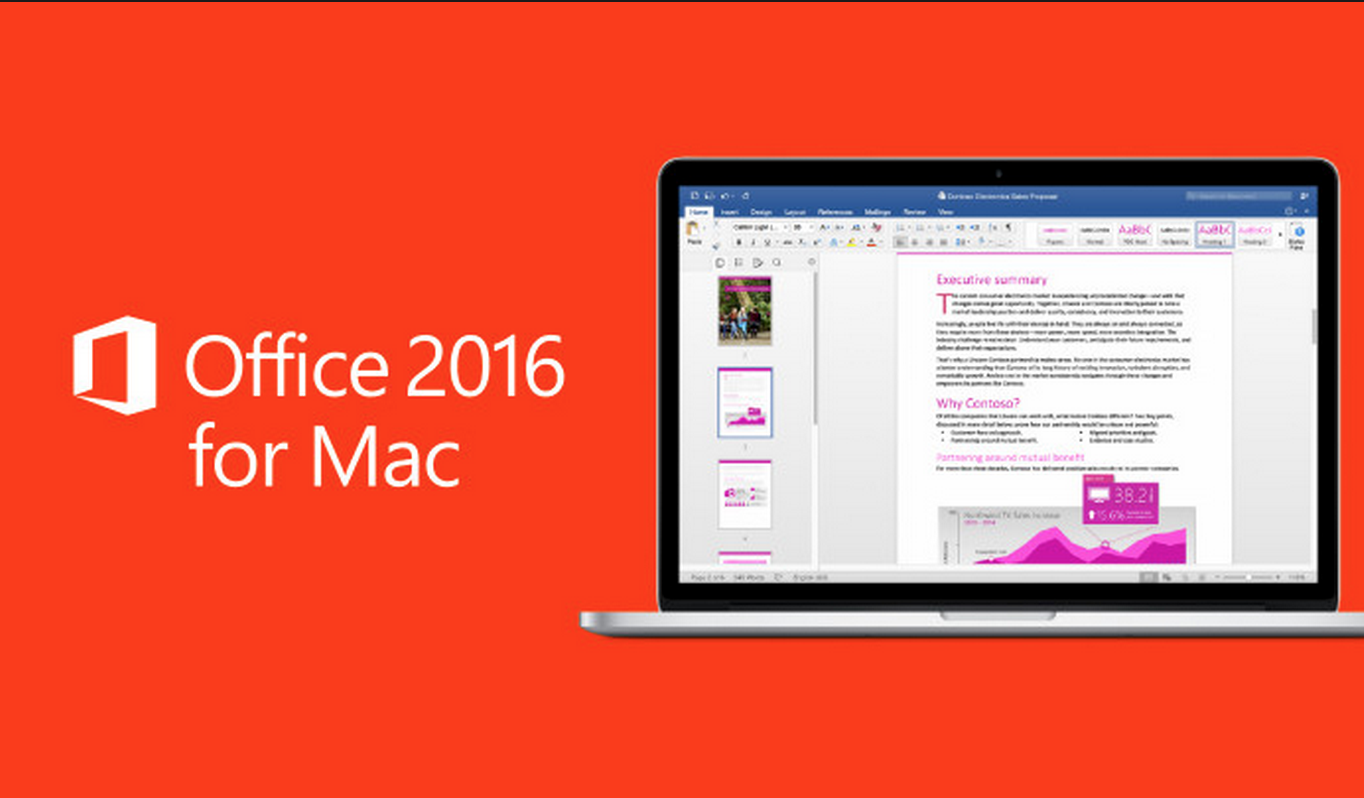Office has long been the productivity suite of choice in the Windows world, and it’s also been a favorite for even longer on the Macintosh side. Perhaps this is a good spot to remind everyone that Excel originated on the Mac!

Microsoft For Mac Os X Yosemite
Lots of hard work was put into the latest Mac version of Microsoft Office, and it shows. Office 2011 for Mac more closely mirrors the design of the PC version of Office (as you can see by Microsoft Word for Mac shown), but it still includes everything you’d demand from a native OS X application (such as Pages from iWork, which is Apple’s competing office productivity suite).
However, as with OS X itself, Office 2011 for Mac isn’t just an attractive exterior. Consider some of the advantages of Office 2011:


Perfect document compatibility with the Windows version of Office: You can both read and write documents with transparent ease, no matter which platform gets the file. Documents can be shared between platforms on the same network.
Mirrored commands: Office 2013 for Windows and Office for Mac 2011 have similar menu items, dialogs, and settings, thus making OS X instantly familiar to anyone who’s used Office on a Windows PC.
Support for native Aqua features: These features include transparent graphics in your documents, input and confirmation sheets, and palettes for formatting.
Tons of templates, samples, and support files: Microsoft doesn’t scrimp on ready-to-use documents and templates, as well as additional fonts, clip art, and web samples.
Outlook: Office for Mac 2011 includes a version of Outlook that’s similar to the Windows version in scope and power. It combines most of the features you find in the Apple Mail, Calendar, and Contacts applications.
OS X Yosemite is the eleventh major release of macOS, Apple Inc.' S desktop and server operating system for Macintosh computers. OS X Yosemite was announced and released to developers on June 2, 2014, at WWDC 2014 and released to public beta testers on July 24, 2014. Yosemite was released to consumers on October 16, 2014. Following the Northern California landmark-based naming scheme introduced with OS X Mavericks, Yosemite is named after the national park. Core Technologies Overview 5 OS X Yosemite. When you turn on the power to a Mac, it activates the BootROM firmware. BootROM, which is part of the computer’s hardware, has two primary responsibilities: It initializes system hardware and it selects an operating system to run. Microsoft Office v.X is believed to be a compelling upgrade and it will be available for users to run on Mac OS 8 and 9, but Microsoft is notifying with the updates of bug fixes and nothing more than that. Microsoft Office v.X generates a requirement of OS X 10.1. And in the future, it will also produce a development only for OS X users. Yosemite's phone-calling feature works only with numbers that OS X recognizes as phone numbers, so the only way to type in a number and dial it is to type it into the search field in FaceTime. OS X El Capitan; OS X Yosemite; OS X Mavericks; OS X Mountain Lion; Mac OS X v10.7 Lion; Mac OS X v10.6 Snow Leopard; Mac OS X v10.5 Leopard; Mac OS X v10.4 Tiger; Mac OS X v10.3 and earlier; Mac OS X Technologies; Classic Mac OS (OS9, OS8 & System 7) Photos for Mac; QuickTime; Safari; Front Row.
Besides Outlook, Office for Mac 2011 includes three applications:
Microsoft Remote Desktop For Os X Yosemite
Word: The word-processing application that rules the planet
Excel: The leading spreadsheet application
PowerPoint: A favorite presentation development application
Microsoft Teams For Os X Yosemite 10.10.5
The Office for Mac Home & Student suite costs about $150 at the time of this writing. You might save a few dollars if you buy it online from a web store.
